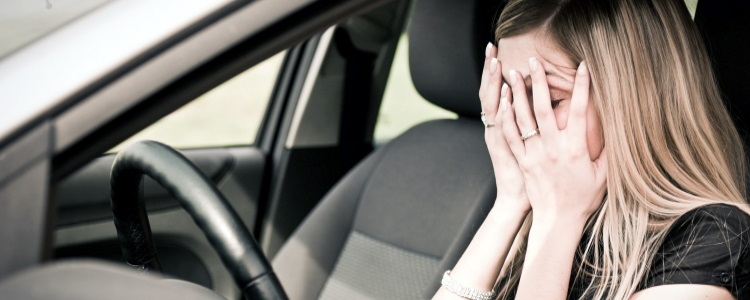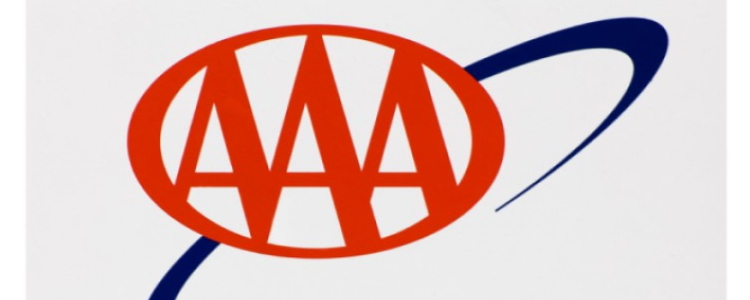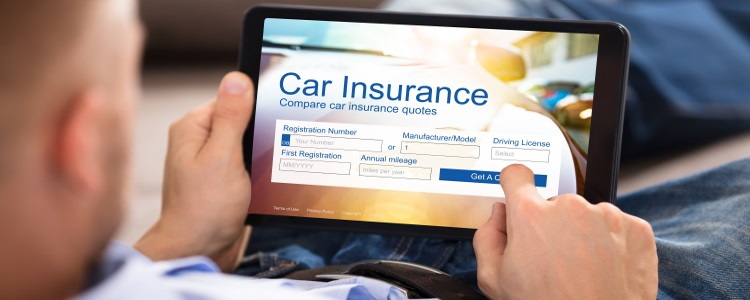Almost all states in the US require drivers to carry some form of car insurance, but that doesn’t mean everyone does. So, how do you protect yourself if one of these uninsured drivers is in a collision with you?
Protecting Yourself against Uninsured Motorists
All states except New Hampshire have mandatory car insurance regulations. In most cases, this means drivers need to carry at least their states’ minimum required insurance. This is typically some form of liability insurance, which covers personal injury and property damage if you’re at fault in a collision.
If you’re financing a vehicle, no matter what state you live in, full coverage auto insurance is required. Full coverage means you have comprehensive and collision insurance as well as liability. But, did you know that there’s even more insurance coverage available? Depending on where you live, some of it may even be required.
This additional coverage is called uninsured motorist coverage. It generally comes in two forms: uninsured motorist bodily damage, and uninsured motorist property damage. These policies typically cover you against both uninsured drivers and hit-and-run drivers. If you’re in a collision with an uninsured driver, it’s up to you to carry enough insurance to guard against the possibility of personal injury.
Most uninsured motorist coverage and/or uninsured motorist bodily injury insurance covers injuries to yourself, passengers in your vehicle at the time of a collision, and others who are covered by your policy. This includes family members, even if they’re in another vehicle, as long as they’re covered under your policy.
Damage to your vehicle can be covered with an uninsured motorist property damage policy, but typically isn’t necessary if you already carry collision coverage.
Why Coverage Matters
Some states require drivers to have uninsured motorist coverage as part of their policy, while others don’t. Despite the laws that are in place, many drivers still don’t carry insurance. In fact, The Insurance Research Council compiled a list of states and their percentage of uninsured drivers, and found that one in eight drivers remain uninsured throughout the country.
Some states, such as Oklahoma and New Mexico, managed to lower the percentage of uninsured drivers in their states as of 2015, the last year data was available. Others, however, remained at the top of the list for the most uninsured drivers, proving that it’s important to have this provision in your car insurance policy. The top five states on the list – Florida, Mississippi, New Mexico, Michigan, and Tennessee – all have 20 percent or more of their motorists driving uninsured.
Make Sure You’re Not Underinsured
Sometimes, even with the minimum state required insurance, an “at fault” insurance policy may not cover the extent of personal damage in an accident. These drivers are considered underinsured. Much like the situation with uninsured drivers, it’s up to you to make sure that your policy covers all the damage you incur.
If You Need a Vehicle after a Collision
As a driver, it’s always important that you carry enough insurance to guard against any possibility. If you don’t, you may be hit with more charges than you can handle – whether you’re at fault or not. Even with insurance, you may not receive enough from a claim to replace the type of vehicle you need after an accident, which could leave you needing auto financing.
If bad credit is making getting a car loan difficult after you were hit by an uninsured driver, Auto Credit Express wants to help. We work with a nationwide network of special finance dealers that have the lenders available to work with people who are in tough credit situations. Just fill out our online auto loan request form to get the process of finding a local dealer started today!
















